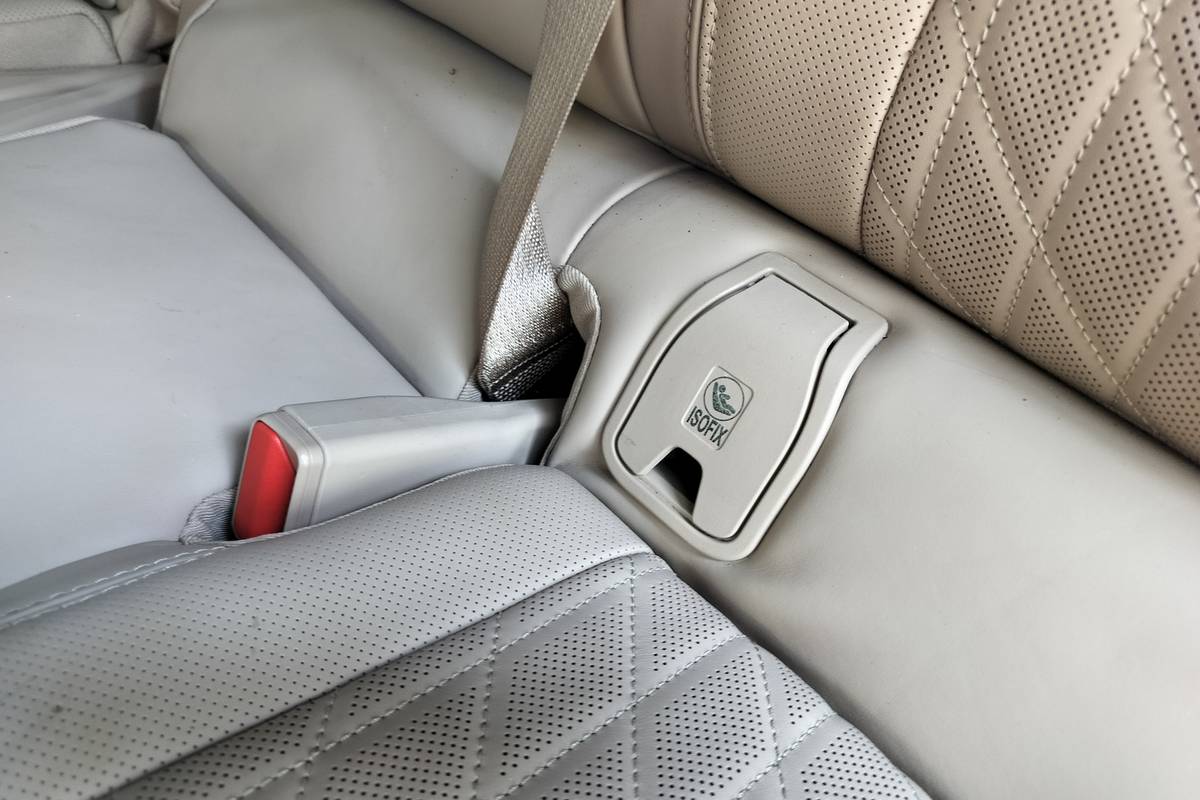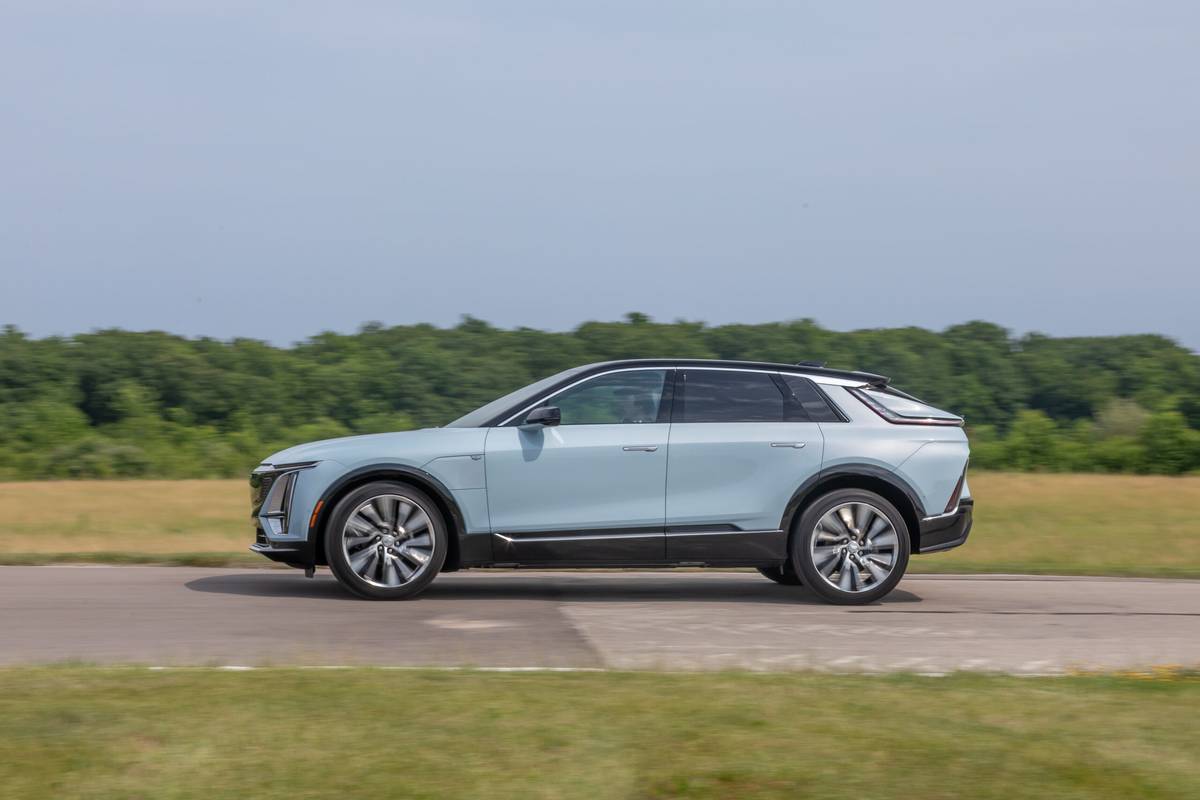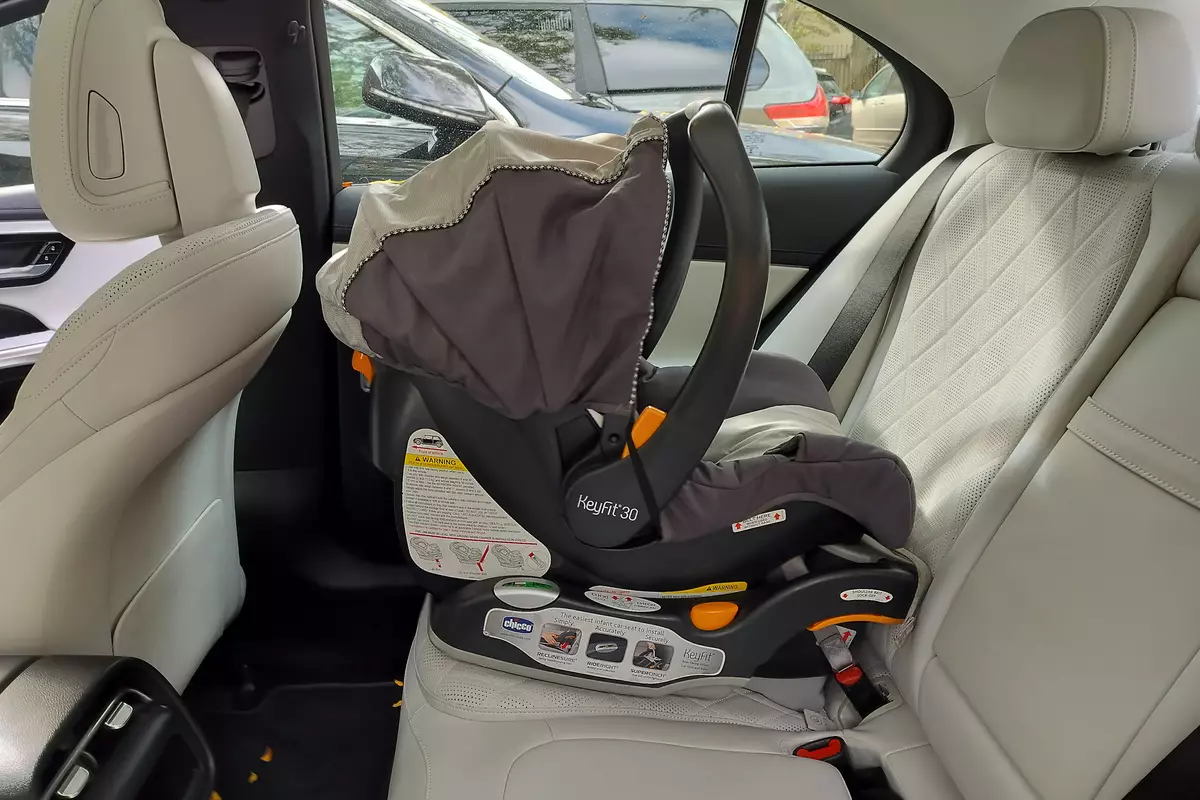IndyStar.com's view
Any company spending 43 years in the American market with a passenger van surely can lay claim some sort of a record. And if your name is Volkswagen you can claim it because you invented the thing.
With the arrival of the all-new 1993 VW EuroVan on the Indianapolis market, the German automobile manufacturer is heralding a vehicle that had its genesis back in 1947. And from the moment production began for the European market in 1949 VW has never looked back.
One of the EuroVans is at the Giganti Porsche-Audi-Volkswagen-Lotus agency. A unit assigned to Speedway Volkswagen-Mazda is enroute.
Fourth generation of VW van
With this fourth-generation VW passenger van, Volkswagen has changed direction. Gone are rear-engine placement and rear-wheel drive. The EuroVan has a front-engine ,front-wheel-drive arrangement, the first time VW has offered this system in its vans.
The company also has done a lot of things with the ’93 EuroVan. There is just about more of everything — more horsepower, torque, towing capacity, wheelbase, seating, and comfort and convenience features.
The vehicle’s ’47 beginnings were initiated when the original design was proposed by a Dutch importer for VW named Ben Pon.
Like most good ideas, Pon’s concept was very basic. He simply drew a rectangle on top of a VW “Beetle” platform. Original was Microbus
VW took Pon’s idea and developed a van it originally called the Microbus. In essence it was a microbus, having 21 windows and passenger seating for eight adults.
When the vehicle was introduced on American shores in 1950, VW called it a station wagon in order not to confuse consumers who never had heard of using a van of this type for everyday passenger use. From that humble start, VW has produced 6.7 million vans for worldwide distribution.
The ’93 EuroVan gives every indication that it will have a long and healthy life, just like its predecessors.
“What they are saying is it’s the biggest van for a van of its size (category),” said Britt Killinger, general manager of the Giganti agency. “They’ve done quite a bit with it by moving the engine from the rear to the front.
“It made a flat surface so you can take the seats out and have a total (rear) area for storage capacity.”
VW also borrowed the 2.5-liter motor out of the Audi, and with one stroke of the design pen acquired a proven, powerful engine and increased interior space.
109 horsepower
As a single-overhead-cam power plant, the 150-cubic-inch, in-line five-cylinder develops 109 horsepower and 140 foot-pounds of torque. VW calls the engine its broad-torque 2.5 and says it is designed to provide midrange acceleration for passing.
And by using an in-line engine and mounting it transversely at the front of the van there is no intrusion of the motor into the interior.
Buyers can choose either a manual five-speed transmission or a four-speed automatic.
Engine has track record
“It’s a very proven engine,” Killinger said. “I’ve had a chance to drive it and it’s got a lot more power than the one we used to have in the Vanagon. There’s no noticeable change when you switch the air conditioning on.”
Available in CL, GL and MV models, the EuroVan offers seating for seven adults, and according to VW has more than 35 percent more room behind the driver than the average minivan.
The EuroVan actually is midsized in that it is mounted on a 115-inch wheelbase and has an overall length of 186.6 inches.
Even with that length, however, it still is shorter than such minivans and stations wagons as the Toyota Previa, Chevrolet Lumina, Dodge Grand Caravan and Volvo wagon. Yet it not only seats seven but it has a cargo volume of 201 cubic feet.
Designed for family
“I’m going to say that the type of buyer that wants this is one who travels frequently and has a big family,” said Ron Vanaags, general manager of the Speedway Volkswagen-Mazdadealership. “I believe women are going to be great users of the vehicle f or things like picking up the kids and driving around town.
“It’s going to be very similar to what we’re used to in an MPV (multipurpose vehicle).”
The entry-level model is the CL, which is stickered at a base price of $16,640. With the GL and MV models, the EuroVan begins to decidedly move upstream.
Base on a GL is $20,420, and on the MV $21,850.
The EuroVan MV offers special features not found in the CL and GL. A camper-type van, the MV has rear-facing center rear seats and a small table that is located on the left side of the vehicle between the center seats and the front-facing rear seat.
What really makes the vehicle unique, though, is its Weekender Package, an option that virtually makes a small motor home out of the van.
It has a Westfalia pop-up roof that rises above the conventional roofline of the van for standing headroom. In its raised position, the roof erects a canvas side covering that protects the interior from the elements, plus a front vent screen for ventilation.
There also are provisions for a two-person bed. Additional Weekender features include a fixed left-hand rear-facing seat that has a refrigerator beneath it, gathered/sliding window curtains, a deluxe rear air-conditioning unit and a second battery.
“The Weekender Package retails for $2,530,” Vanaags said.
While current local EuroVan inventory seems to be one with one on the way, dealers say they don’t expect availability to be a problem.
“The first boatload had about 130 vans in it,” Killinger said.
Latest news



